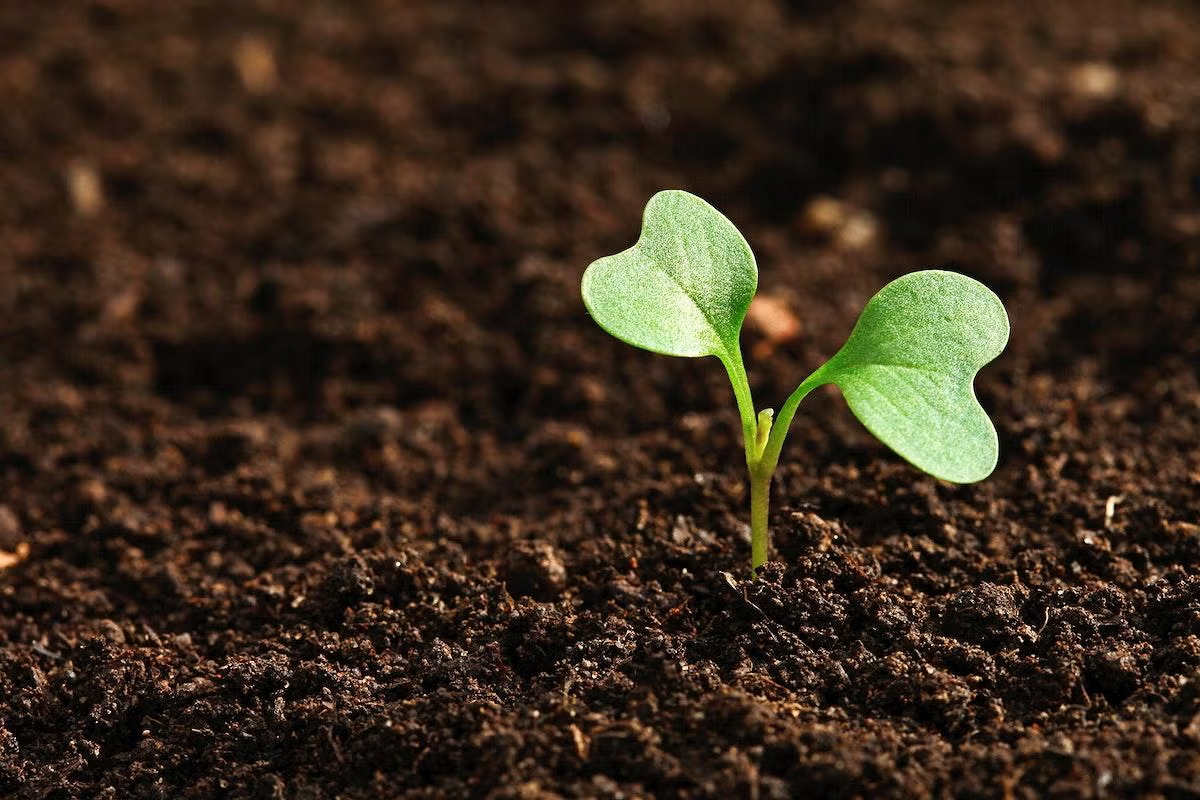
Ballooning Spider Phenomenon
Lesson Description:
In this first-grade lesson, we will learn about the amazing world of spiders! We'll start by exploring the life cycle of a spider, from when it hatches to how it grows and changes into an adult spider. We'll see how some baby spiders, called spiderlings, use a special trick called "ballooning" to travel in the air.
Engineering Design Challenge:
After discovering how spiders use their silk to float through the air, we're going to become little engineers! Your challenge is to design and create your very own "spiderling parachute." Just like real spiderlings, your parachute should be able to catch the wind and gently carry a small spider through the air. You'll get to choose your materials and test your parachute to see how far it can travel. Don't forget to think about the size, shape, and weight of your parachute – these are important factors in making it work! This challenge will help us use our creativity and problem-solving skills, just like real engineers. Let's have fun and see whose spiderling parachute can travel the farthest!
Lesson Grade Level
1st GradeLesson Plan Link/URL
https://docs.google.com/presentation/d/1FlPt66qWr5Ze6uzTVG3-EEB6kjWL6lnP/edit?u…Subject Area
Science Life Science L1: Cells L2: Organisms & Energy Engineering S2: Apply the Engineering Design Process S3: Apply Mathematics to Engineering S4: Apply Science to Engineering S6: Apply Communications to Engineering S7: Apply Project Management to Engineering Mathematics Measurement and Data (MD) English Language Arts (ELA) Reading (Informational Text) Writing Speaking & ListeningRelated Content

This lesson is about exploring Arizona's state bird, the cactus wren, that lives in the desert, has special body parts and behaviors that help it survive in its harsh environment. Students will learn

In this 7 week unit, students will utilize resources around them to create a garden for a culminating taco party! Students will work on science, math, and ELA within the unit. Feel free to host this

This first grade lesson includes the life cycle and survival of a seed. Students will participate in observing the life cycle of a seed, asking questions, writing about the life cycle, and listening

